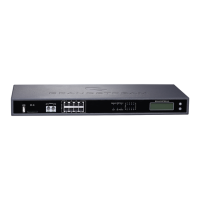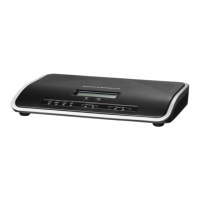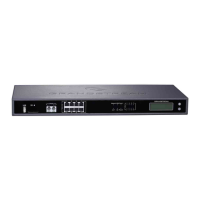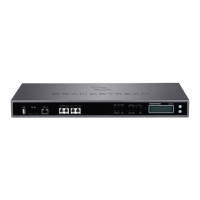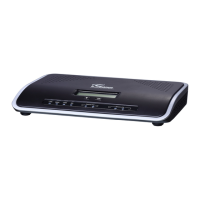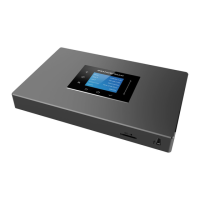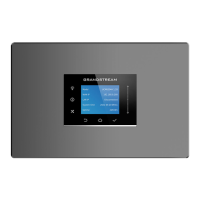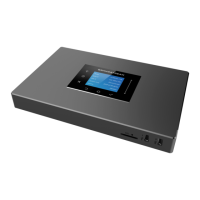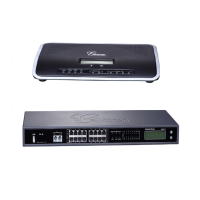UCM6200 Series User Manual
Version 1.0.20.38
Table 68: IVR Configuration Parameters
Configure the name of the IVR. Letters, digits, _ and - are allowed.
Enter the extension number for users to access the IVR.
If enabled, the caller is allowed to dial extensions other than the ones
explicitly defined.
This option shows up only when "By DID" is selected. This controls the
destination that can be reached by the external caller via the inbound
route. The DID destination are:
• Extension
• Conference
• Call Queue
• Ring Group
• Paging/Intercom Groups
• Voicemail Groups
• Fax Extension
• Dial By Name
• All
If enabled, all callers to the IVR is allowed to use trunk. The permission
must be configured for the users to use the trunk first. The default setting
is "No".
Assign permission level for outbound calls if "Dial Trunk" is enabled. The
available permissions are "Internal", "Local", "National" and "International"
from the lowest level to the highest level. The default setting is "Internal".
If the user tries to dial outbound calls after dialing into the IVR, the
UCM6200 will compared the IVR's permission level with the outbound
route's privilege level. If the IVR's permission level is higher than (or equal
to) the outbound route's privilege level, the call will be allowed to go
through.
If enabled, the UCM will replace the caller display name with the IVR name
the caller know whether the call is incoming from a direct extension or an
IVR.
When present in an INVITE request, the alert-Info header field specifies
and alternative ring tone to the UAS.
Select an audio file to play as the welcome prompt for the IVR. Click on
"Prompt" to add additional audio file under Web GUI→PBX
Settings→Voice Prompt→Custom Prompt.
Note: Up to 5 welcome prompts can be used.
Configure the timeout between digit entries. After the user enters a digit,
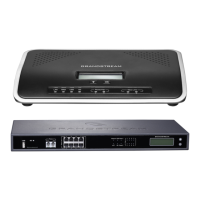
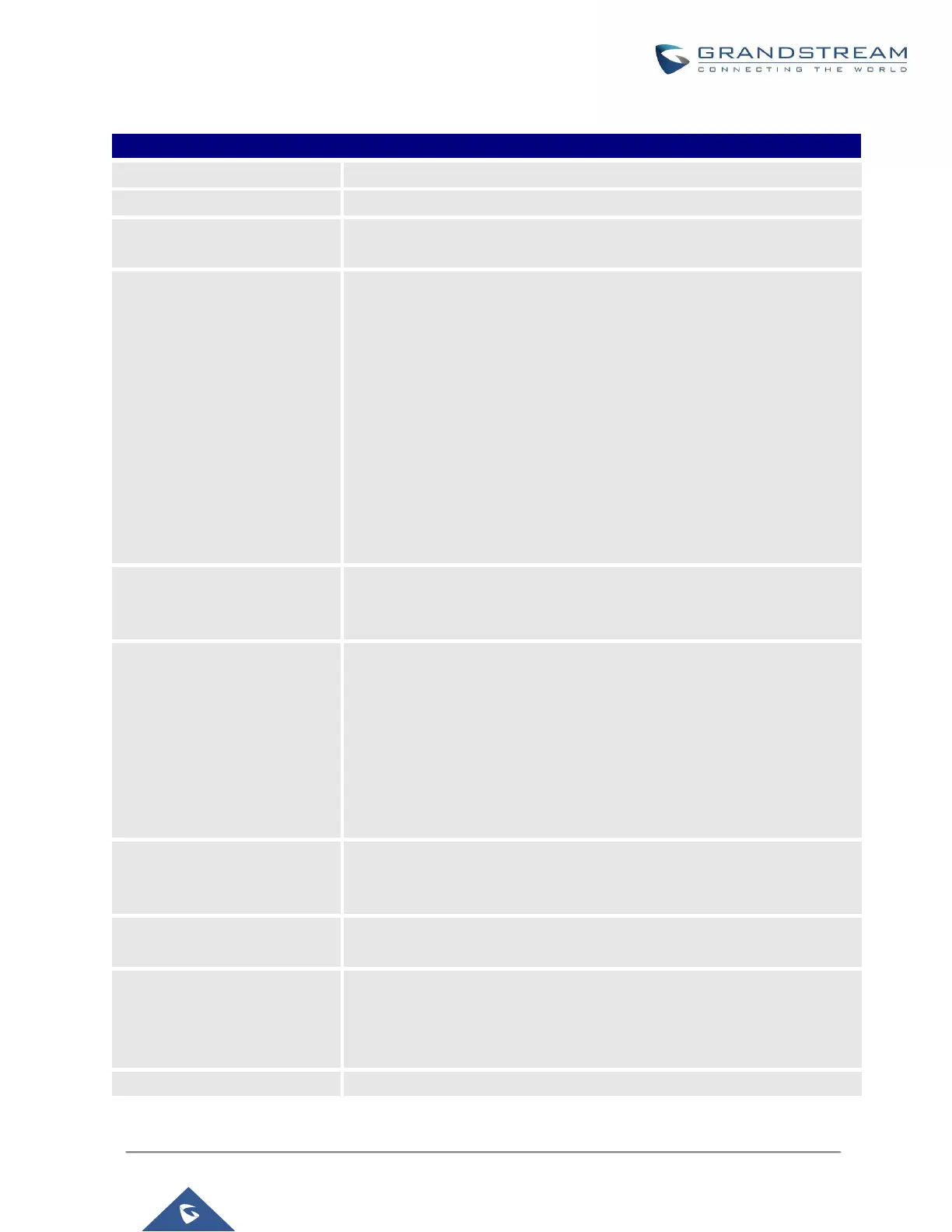